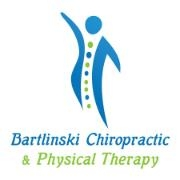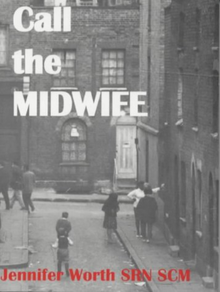A lumbar sprain is a general term that can involve injury to the discs, ligaments, muscles, or spinal or sacroiliac joints. In 50% of cases, the intervertebral disc is involved. The intervertebral disc is the pad between your vertebrae. This consists of a fibrous ring with a gelatinous nucleus in its center. During a trauma of flexion or torsion movements, small cracks may appear and the gel can then migrate to the outside of the disc and cause pain. This is called disc disturbance. If the gel overflows beyond the disc, this is called a herniated disc. For the healthcare guys physical rehabilitation this is important.
What Do You Feel?
Did you feel stiffness in your lower back in the days or even weeks before the pain episode? Did your pain attack appear as a result of flexion and rotation of the trunk, for example bending over or lifting a load? Have you felt a sharp pain in your lower back or buttock? Did you have trouble straightening up? Have you felt pain in the leg or even numbness and weakness in certain muscles in the affected leg? It would mean that a nerve is compressed in your lower back. Have you noticed an increase in coughing or sneezing pain? It would mean your drive is involved.

By a more complete questionnaire and a thorough examination in one of our four physiotherapy clinics or by consulting your doctor, you will be able to know precisely if your disc is involved or not. Your doctor or physiotherapist can suggest the appropriate treatment. There is no need to immediately pass a magnetic resonance imaging test if the professionals consulted have found nothing alarming and if the treatment gives good results.
What Are The Predisposing Factors For This Pathology?
In terms of back pain in general, we know that people who are overweight, sedentary and smokers have more back pain than the general population. Some of your habits can also encourage the appearance of this problem: bending over without bending your knees, bending or rotating the trunk, using the wrong lifting technique. Do you know family members with the same condition? Unfortunately, there is a very hereditary part regarding the fragility of discs.
Advice from Your Physio
If the pain is very debilitating, bed rest should not last more than 48 hours. If necessary, medication could help you control your pain in the short term. Talk to your doctor or pharmacist. It is suggested to stay active while avoiding heavy lifting and working leaning forward. Remember that light physical activity is beneficial for recovery. To promote healing, try to keep your lower back in a neutral, that is, slightly hollow, position. So when you bend down or have to lift an object, bend your knees and keep your back straight. Limit prolonged static positions, especially sitting, and change position frequently. If the pain goes down in the leg, avoid the positions or activities that will increase the pain in the lower limb. When pain goes down in the leg, it is a sign that your condition is getting worse.
What Can Physiotherapy Do To Help Me?
The McKenzie approach in physiotherapy has proven itself for this type of problem. Using precise movements, the physiotherapist or physiotherapist trained with this approach will help you to centralize the pain and recover quickly.



